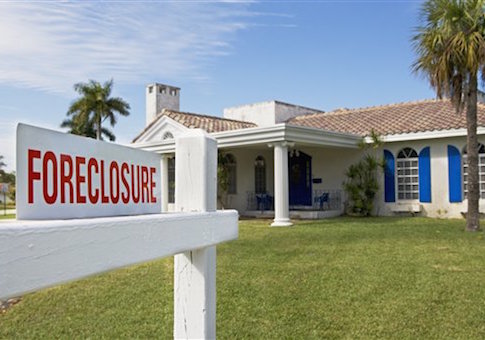The pace of home price increases slowed in September, according to figures released on Tuesday, but other data show that houses have not become more affordable despite government efforts.
The nationwide home price index rose by 4.8 percent for the 12-month period ending in September, according to an S&P/Case-Shiller report. Increases were higher in August at 5.1 percent.
Analysts pointed to weak housing demand and stagnant incomes as explanations for the dip in rising home prices. Homes have also become less affordable in recent years, other records show.
According to the annual Demographia report by the Wendell Cox Consultancy, about 36 percent of U.S. homes were considered affordable in the third quarter of 2013. The group determines affordability by dividing the median house price in markets by median household income.
About half of homes were viewed as affordable at the same point in 2010. The decline in cost-effective housing occurred as Fannie Mae and Freddie Mac—known as government-sponsored enterprises (GSEs)—and the Federal Housing Administration (FHA) continued to guarantee access to mortgage credit.
Housing affordability also declined before the 2008 financial crisis. Almost 90 percent of markets were affordable in 1995, but that share dropped to less than one-third near the peak of the housing boom in 2005.
Houses became more expensive in that era despite affordable lending goals implemented by the U.S. Department of Housing and Urban Development in the early 1990s.
Peter Wallison, a fellow at the American Enterprise Institute (AEI) and former counsel to President Ronald Reagan, wrote in the New York Times last month that the affordable housing goals were linked to low down payments and credit standards on mortgage loans. Those riskier loans defaulted in large numbers in 2008, but the majority of homes actually never became cheaper, he argued.
"Consider this: If the required down payment for a mortgage is 10 percent, a potential homebuyer with $10,000 can purchase a $100,000 home," he said. "But if the down payment is dropped to 5 percent, the same buyer can purchase a $200,000 home. The buyer is taking more risk by borrowing more, but can afford to bid more."
"In other words, low underwriting standards—especially low down payments—drive housing prices up, making them less affordable for low- and moderate-income buyers, while also inducing would-be homeowners to take more risk," he added.
Rising home prices do have some positive effects in that they provide value to current homeowners. However, critics warn that recent moves by the Federal Housing Finance Agency (FHFA) to lower lending standards could raise prices artificially and create another damaging bubble. Homes might also not become more affordable.
FHFA Director Mel Watt told senators at a recent hearing that his agency, which oversees Fannie and Freddie, will continue to assess the "safety and soundness" of mortgage loans as it works to maintain "access to credit."
